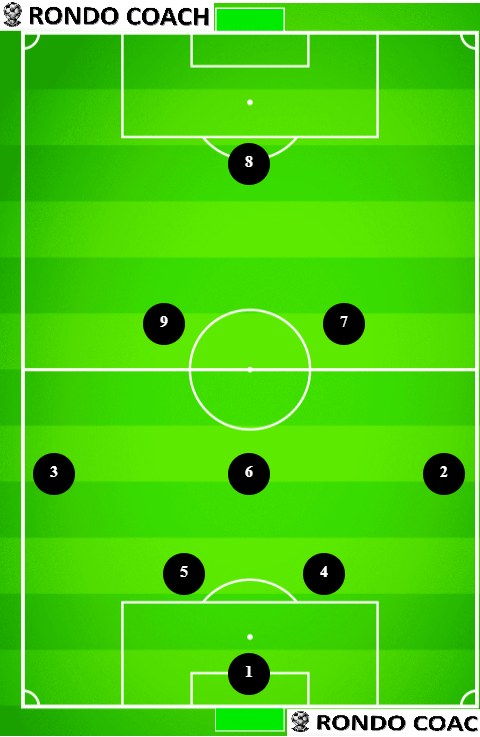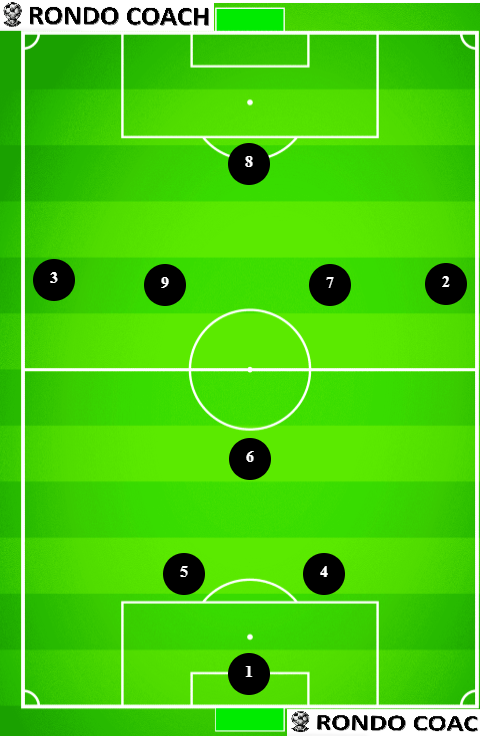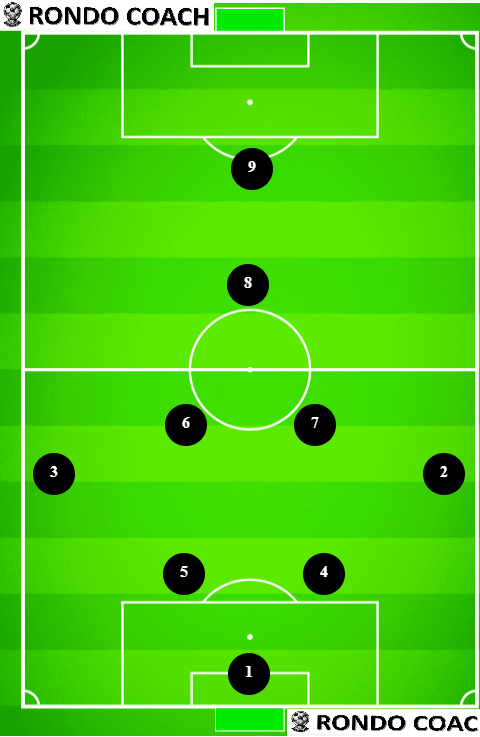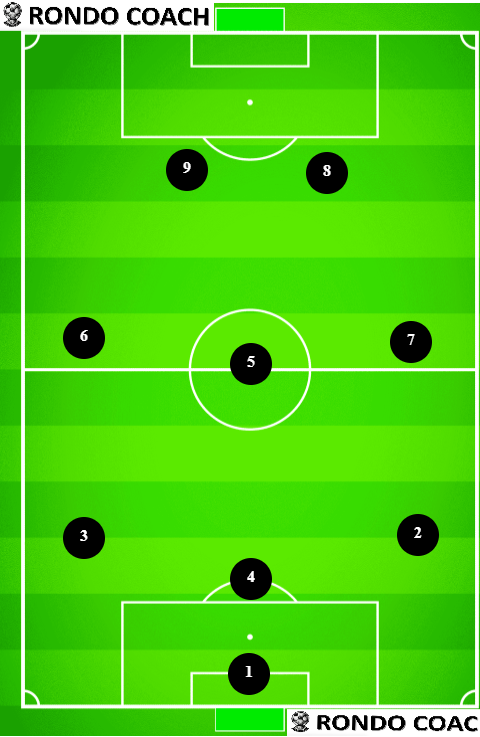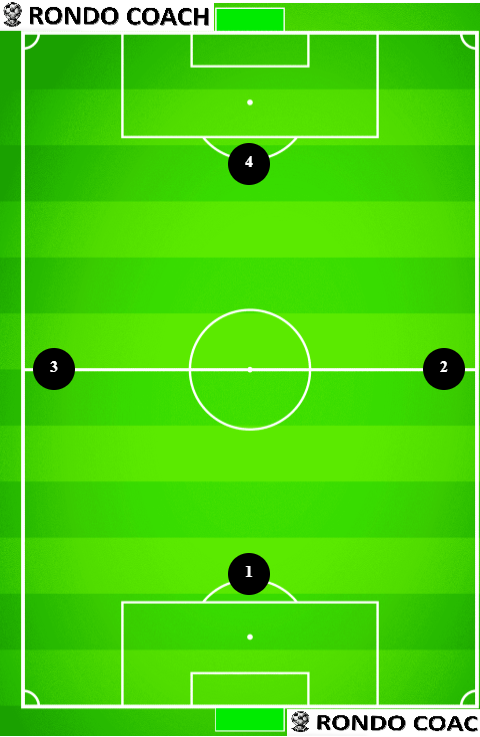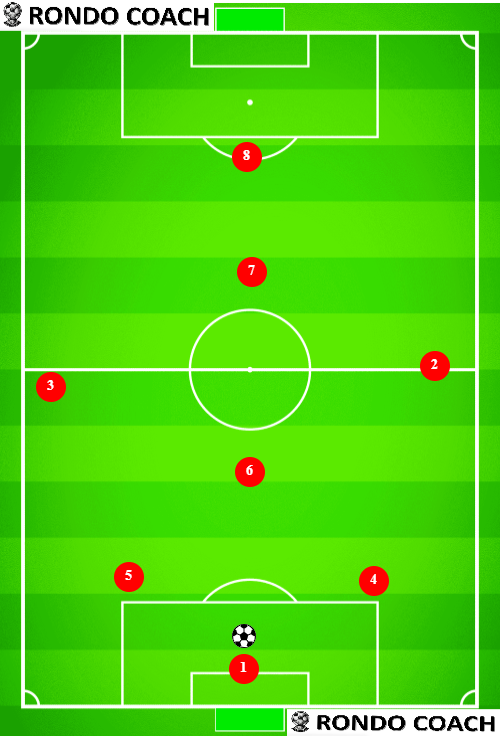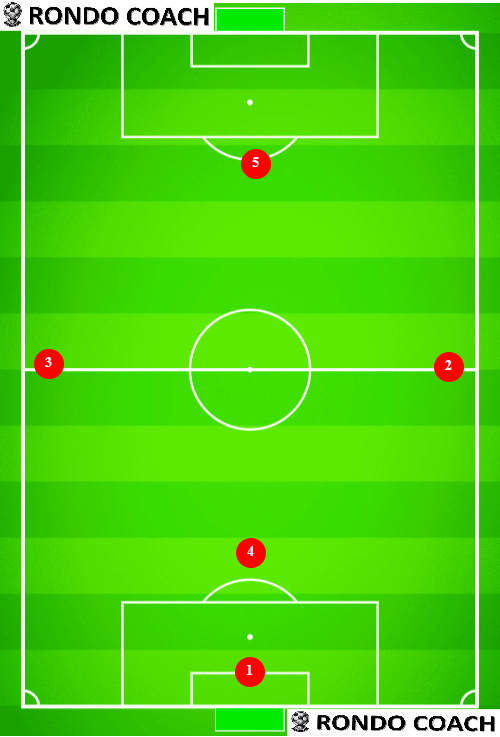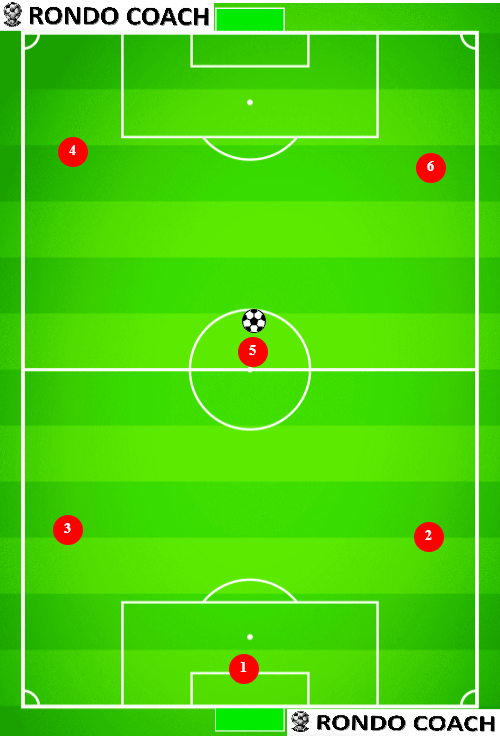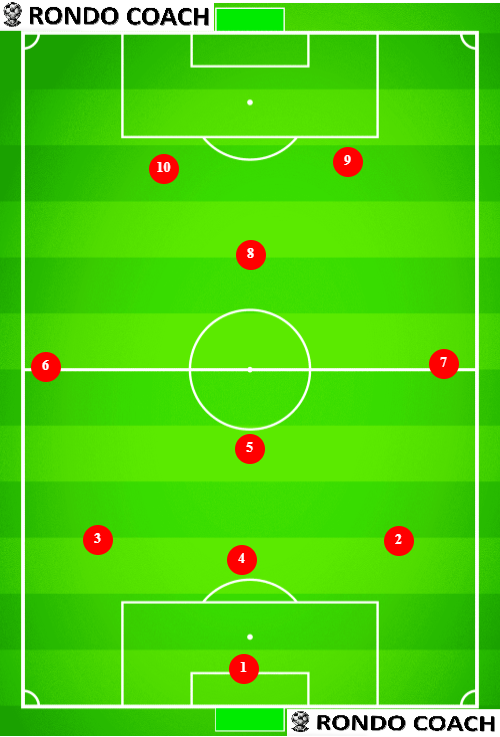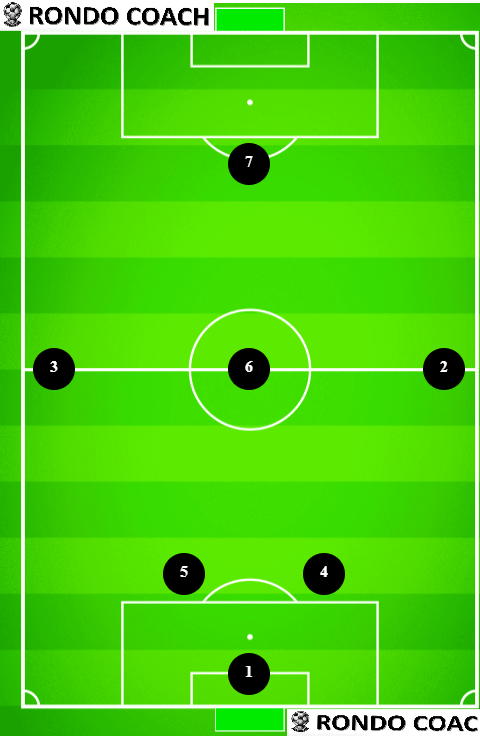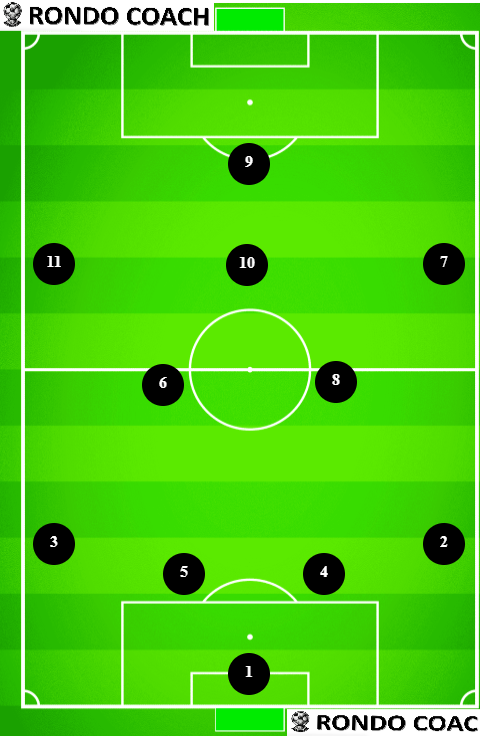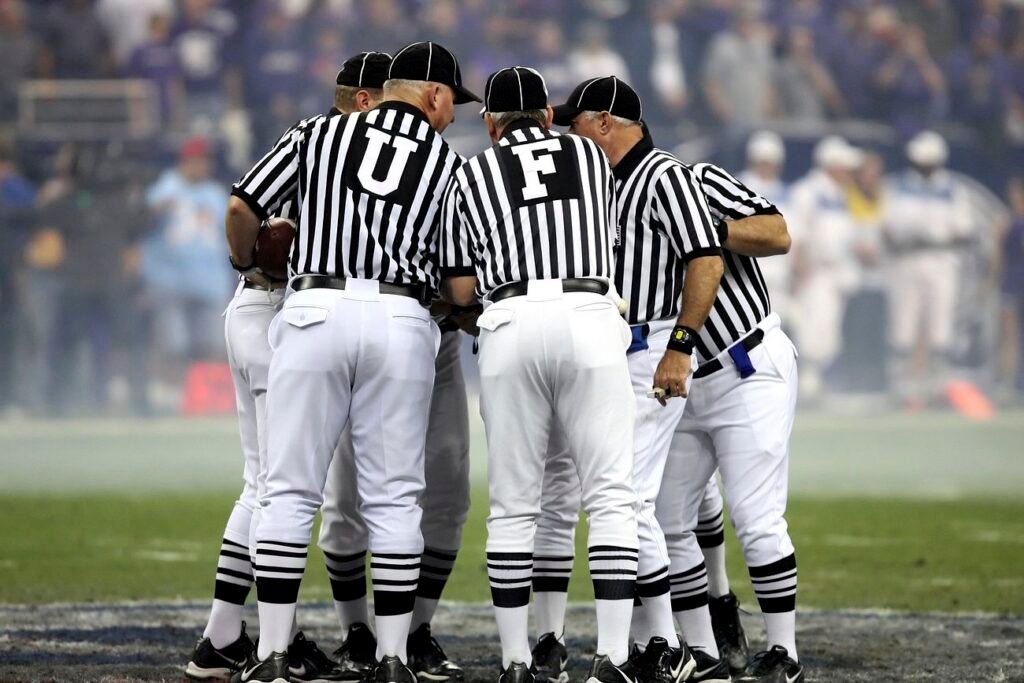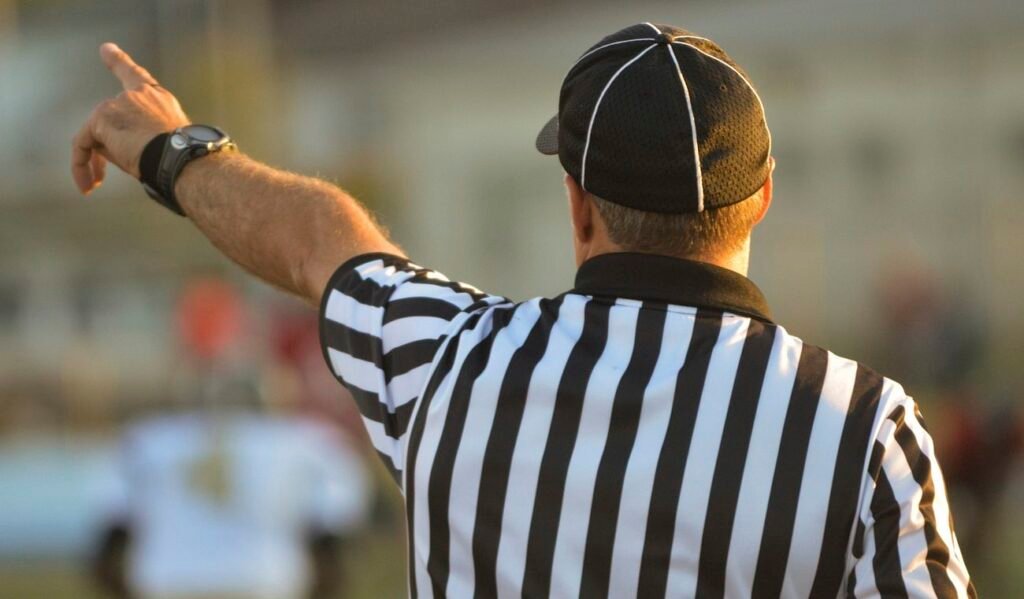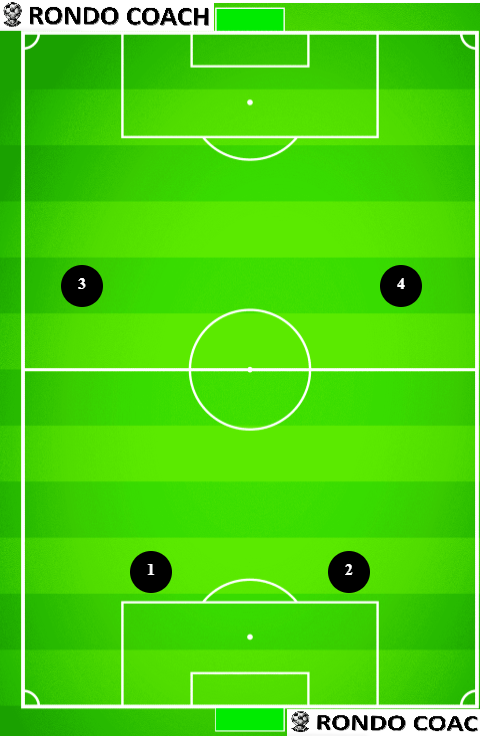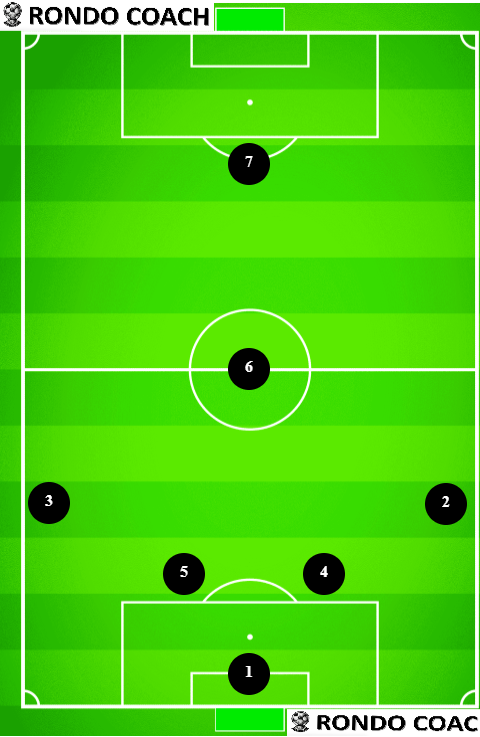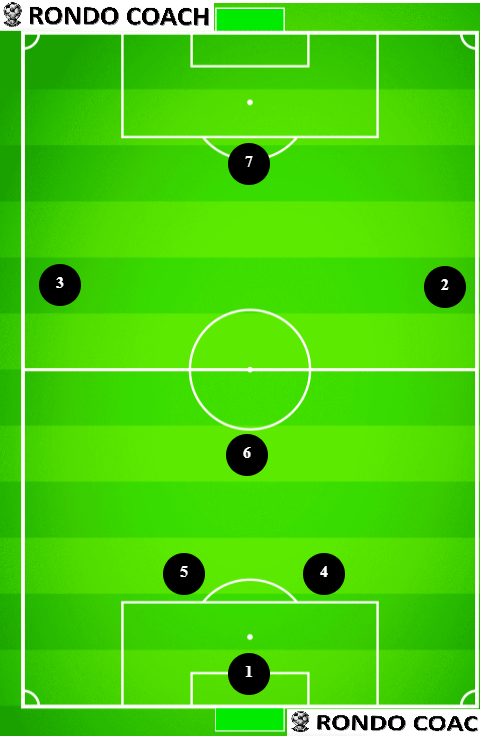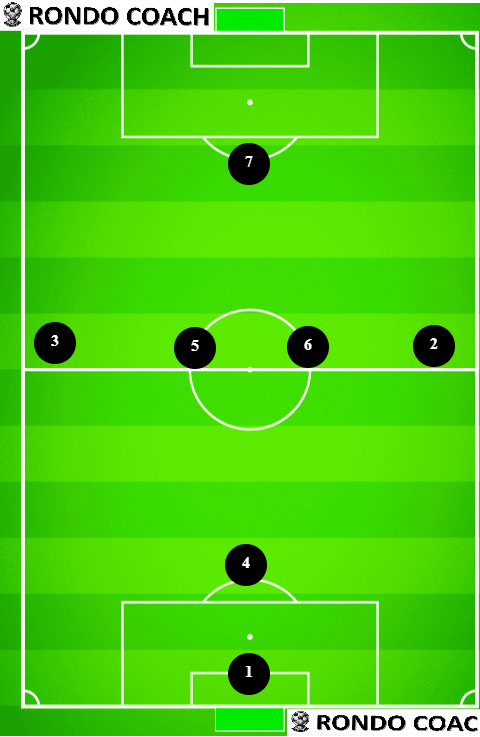Top Soccer Books for Girls [Gift Ideas 2025]
Are you looking for a great book for a girl soccer fan? How about a soccer player? We have curated the best ones that you should gift. Some of them are written by coaches and write about how to be the best player you can be. Others are fiction, trying to grow the love of soccer at various ages. Soccer as the most popular sport has fantastic human interest stories and we have them, too. These are not stories about the perfect tactic, personal soccer superstar stories, or best soccer business readings. These are the best soccer books for girls that you should buy for your daughters, granddaughters, nieces, teammates, and coaches. While you are at it, pick one for yourself, too. They are fantastic!
What are the best soccer books for girls you need to read ASAP?
Everything Your Coach Never Told You Because You’re a Girl by Dan Blank
.If you’re a young female soccer player seeking an uplifting and game-changing read, this book is an absolute must-buy! Dan Blank is famous for writing many books for current youth players. However, we think that this is his best book. This book should be your personal guide, unlocking the secrets to success on and off the field. Blank’s insightful advice and motivational anecdotes are specifically tailored to empower girls. The book is her to help girls overcome obstacles, enhance their skills, and cultivate a winning mindset. Bursting with infectious enthusiasm, this book will leave you feeling inspired, confident, and ready to take on any challenge. Regardless of the gender, get this book!
Furia by Yamile Saied Mendez
“Furia” by Yamile Saied Mendez is a captivating fiction book that will ignite a love for soccer in girls. The story follows Camila, a fierce and determined protagonist, as she battles societal expectations and pursues her soccer dreams. With vivid storytelling and relatable characters, Mendez’s book celebrates the power of sport and inspires young girls to embrace their passion for soccer. It’s a compelling tale that will leave them cheering for Camila’s victories both on and off the field. It is a great read for book lovers that might not even like soccer, or for soccer players that might not like reading.
Saving the Team (The Kicks) by Alex Morgan
This is an absolute gem that early teen girls will adore, providing a perfect avenue for them to fall head over heels in love with soccer. Morgan’s impeccable storytelling effortlessly transports readers into the world of the protagonist, offering a relatable and inspiring journey. The book beautifully captures the essence of teamwork, determination, and the sheer joy that soccer can bring. This book is a must-have for any early teen girl seeking an empowering and enjoyable literary adventure that will ignite their love for soccer and inspire them to reach for the stars.
Play Like a Girl by Ellie Roscher
“Play Like a Girl” by Ellie Roscher is a remarkable and inspiring book that celebrates the global impact of girls in sports. Roscher’s heartfelt storytelling shines a light on the challenges of extreme gender inequalities in Kenya, especially in the world of sports. It is an uplifting story of perseverance and persistence to deliver opportunities for girls who live in the slums and seemingly have no hope. However, starting from 11 girls and 2 volunteers, now the soccer academy runs with 20 full-time staff (in 2017 at the time the book was released). An inspiring story, that just happen to be related to soccer!
Kicking Off by Eve Ainsworth
“Kicking Off” is a great book that blends fiction and non-fiction elements into it. The goal is clearly to create an entertaining read and inspire teenagers to get into soccer. Happening in 1917, the book helps paint the picture of what it was like to live in the middle of a war. In a little idealistic setting, the protagonist, Hettie, is an outcast in Britain that manages her way through a rough world. However, with the right lessons of persistence and fighting spirit, this book put soccer, and the love for competition as the centerpiece of this coming-of-age story. It’s a great gift to stimulate reading books and the love of soccer!
The Soccer Fence by Phil Bildner
Targeted for the youngest generation of soccer lovers, this book is illustrated to instill the love of soccer, but also open discussions about social issues. As it says in the title, the topic of the apartheid is central, as it is soccer, to the story. With only 40 pages filled with colorful illustrations, this is a great book on multiple levels. Reading it several times for bedtime stories and start seeing the layers of questions that your kids start to ask and comment on. A truly interesting book that is worth buying for the young ones!
These six books represent a collection of inspiring, empowering, and thought-provoking stories that celebrate the world of soccer and its incredible female athletes. From memoirs to fictional tales, each book offers its unique perspective on the sport. We want to encourage young girls to embrace their love for soccer. At the same time, we want to teach valuable life lessons such as teamwork, perseverance, and the power of dreams. By reading these books, we hope that young girls can find inspiration, strength, and a deeper appreciation for the beautiful game that unites people across the globe.


















